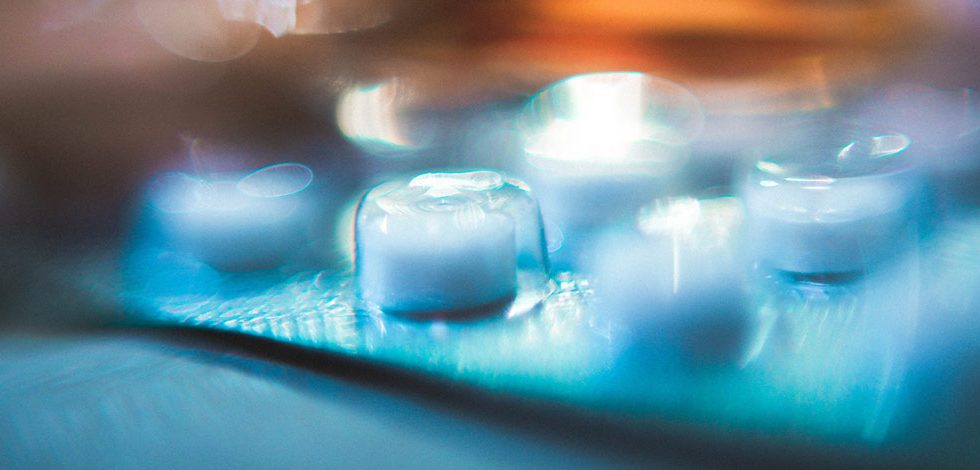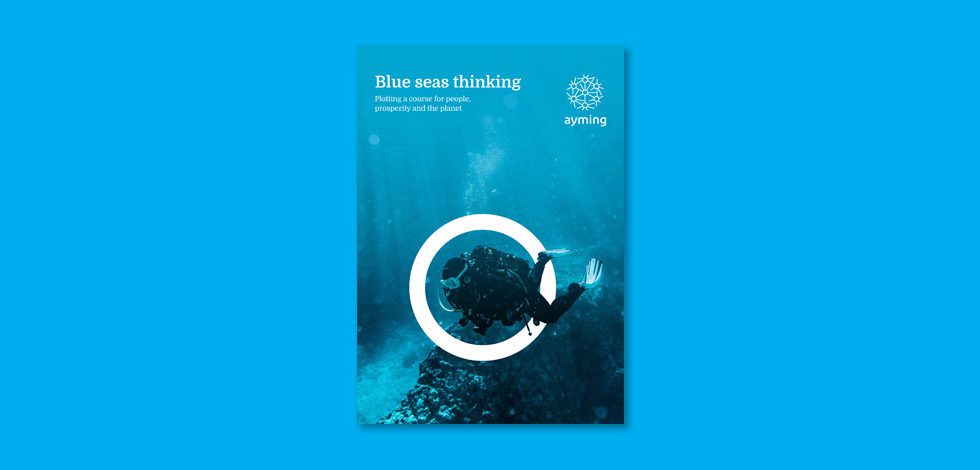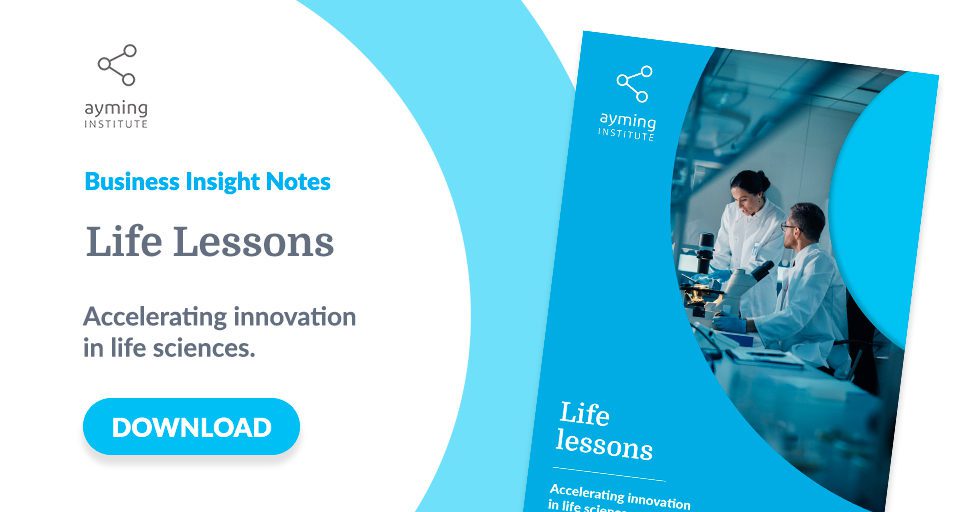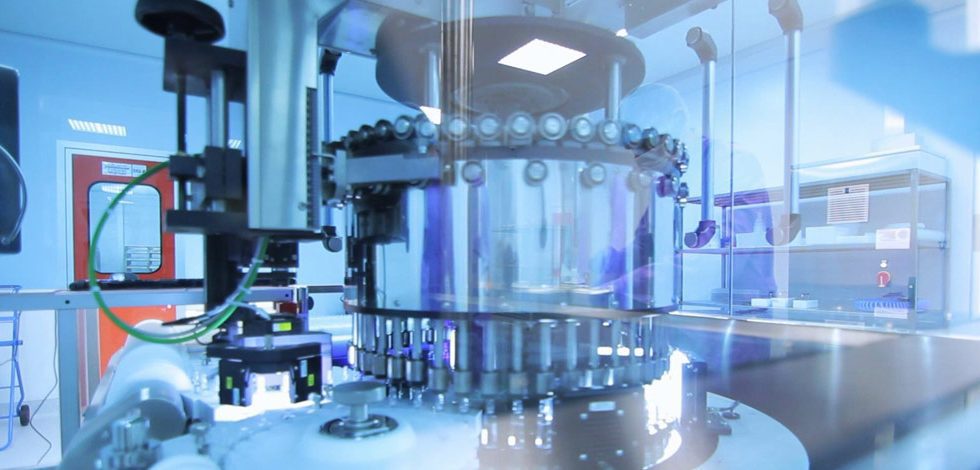We’re noticing a shift in focus within Life Sciences research. A movement away from fossil fuels and petrochemical plastics, and a return to nature.
Science has frequently taken inspiration from nature and natural resources, from which great advancements within sustainability have been achieved. Within our economic landscape, we are seeking to create new ground that is ‘green’ (low-carbon and environmentally friendly), ‘blue’ (tapping the oceans’ resources while preventing pollution) and ‘circular’ (using resources efficiently without waste.) Features like advanced biorefineries will become more commonplace over the next decade – maximising resource use and exploiting ‘waste’ raw materials to create high-value products in a potentially world-saving virtuous cycle.
The developments under way are varied – with focus to reduce dependency on fossil resources with bioenergy; promoting sustainable production of renewable food and feed from land, fisheries and aquaculture; and creating new bio-based products, jobs and industries.
Turning first to energy
Biofuels are playing a growing role alongside renewables, particularly in transport, though replacing entrenched reliance on subsidised fossil fuels is a gargantuan challenge. Examples of the types of biofuels available include ethanol (derived from sugar), biodiesel (from fats), green diesel (from plants and algae) and biogas (methane derived from organic material). Biofuel usage is continuing to have influence on policies for road transport, marine shipping and aviation as well as into arable land policies for crop-based fuels. Turning waste into biodiesel is a circular economic solution which companies like Argent Energy and Green Energy have been seeking to establish. Argent Energy and Green Energy collect tallow which is used in cooking oils, waste fats and even sewer fatbergs to be converted into clean, renewable biodiesel.
According to the European Biorefinery Joint Strategic Vision 2030, a significant proportion of the overall European demand for food, chemicals, energy, materials and fibres could be fulfilled using biomass as a feedstock for biorefining technologies. The UK has a £1 billion bioethanol industry, but it stands to lose investment unless the ethanol fuel blend is doubled (a minimum of 5% to 10% ethanol within an unleaded diesel) to further reduce carbon dioxide emissions.
A new generation of materials
Aside from advanced biofuel developments being sought to meet 25% of Europe’s transport energy needs (including bio-based jet fuels); the Vision 2030 forecast a growing market for bio-based fibre, polymers and bioplastics; and a new generation of materials and composites for lightweight components in industries such as automotive and construction. Bioplastics are already being used in plastic food packaging, personal care packaging and plastic products such as pens and mobile phone cases. Biome Bioplastics utilises industrial biotechnology developments to create bioplastics to replace oil-based polymers with biobased and biodegradable aromatic polyesters. Companies like Exilva are looking to replace surfactants and other petrochemical products that are used throughout many industries. Exilva is the world’s first commercially available microfibrillated cellulose, which is an additive that can be used to improve the stability, drying time or durability of various substances from adhesives, paints, coatings on products and cosmetics, to grout and concrete.
Replacement and alternatives of petrochemical plastics have led to us looking further into our marine environments to bring about a sea of change within sustainability. Scotland’s CuanTec styles itself a blue biotech company using green chemistry to replace petrochemical plastics using chitin, natural forming substance biological extracted from aquaculture waste (predominately shells of North Atlantic langoustines) at an industrial scale. This natural polymer has demonstrated anti-microbial properties, causing it to be in demand for more than 3,000 industrial uses, including compostable packaging that combats food-spoiling bacteria.
Marine environments have a lot to offer
Only 5% of the marine environment has been described, and 0.5-5 million species, mostly micro-organisms, still remain to be discovered. Microalgae is a natural raw material with huge potential with their rich biochemicals and properties which are of strategic value to many other sectors besides pharmacology – from biofuels to nutrition.
AlgaEnergy, Susewi and MiAlgae have been working on microalgae farming projects across the global, for the production of high-value products such as pigments, proteins, lipids, carbohydrates, vitamins and antioxidants, with applications in cosmetics and food, animal feed and pharmaceuticals without further impacting the environment i.e. producing clean water through the process or recycling by-products from other industries.
As many as three in four currently available pharmaceutical products have been derived from natural sources. Examples include aspirin, heparin, and penicillin, as well as many consumer healthcare products, like antacids derived from the glycomolecules in seaweed.
There is a huge opportunity for new drug discovery exploring new antibiotics, anti-inflammatory and anti-cancer drugs within marine environments. AquaPharm is a biotechnology company that has been targeting high-yield bio-manufacture of vitamins, anti-oxidants and blocking agents, and industrial compounds (pigments, cosmetics and bio-catalysts) from microbial organisms from marine environments.
Florida-based Oceanyx has identified several promising compounds from single-cell cyanobacteria, also known as blue-green algae. One of the leading molecules from Oceanyx, called Largazole, has been indicated for treatment of cancer, bone and neurodegenerative diseases.
Beyond the microbial world
Explorations of the marine environment are not limited to just the microbial world, with the discovery of new molecules for cancer, neurodegenerative diseases as well as anti-fungal, -viral and -bacterial compounds from organisms like tunicates (sea squirts), fish slime and sea sponges.
More famous examples of marine derived compounds used commercially include Trabectedin (tunicate derived), now produced synthetically as Yondelis for the treatment of soft tissue sarcoma and relapsed ovarian cancer. One of the latest drugs to be approved by the FDA is derived partly from a mollusc. The compound Polivy is an antibody drug designed to work differently from traditional chemotherapies by killing cancerous B cells while sparing healthy cells. More marine-derived drugs are in the clinical pipeline, 10 of which are FDA approved, as of January 2020, with approximately 30 more in clinical trials.
Maximising resource use and exploiting ‘waste’ raw materials to create high-value products in a potentially world-saving virtuous cycle is looking to become more commonplace over the next decade as we aim reduce and eventually eliminate our dependency on petrochemical products and fossil fuels.
For more trends in health and life sciences, download your copy of “Making science fiction, fact” here:

















No Comments